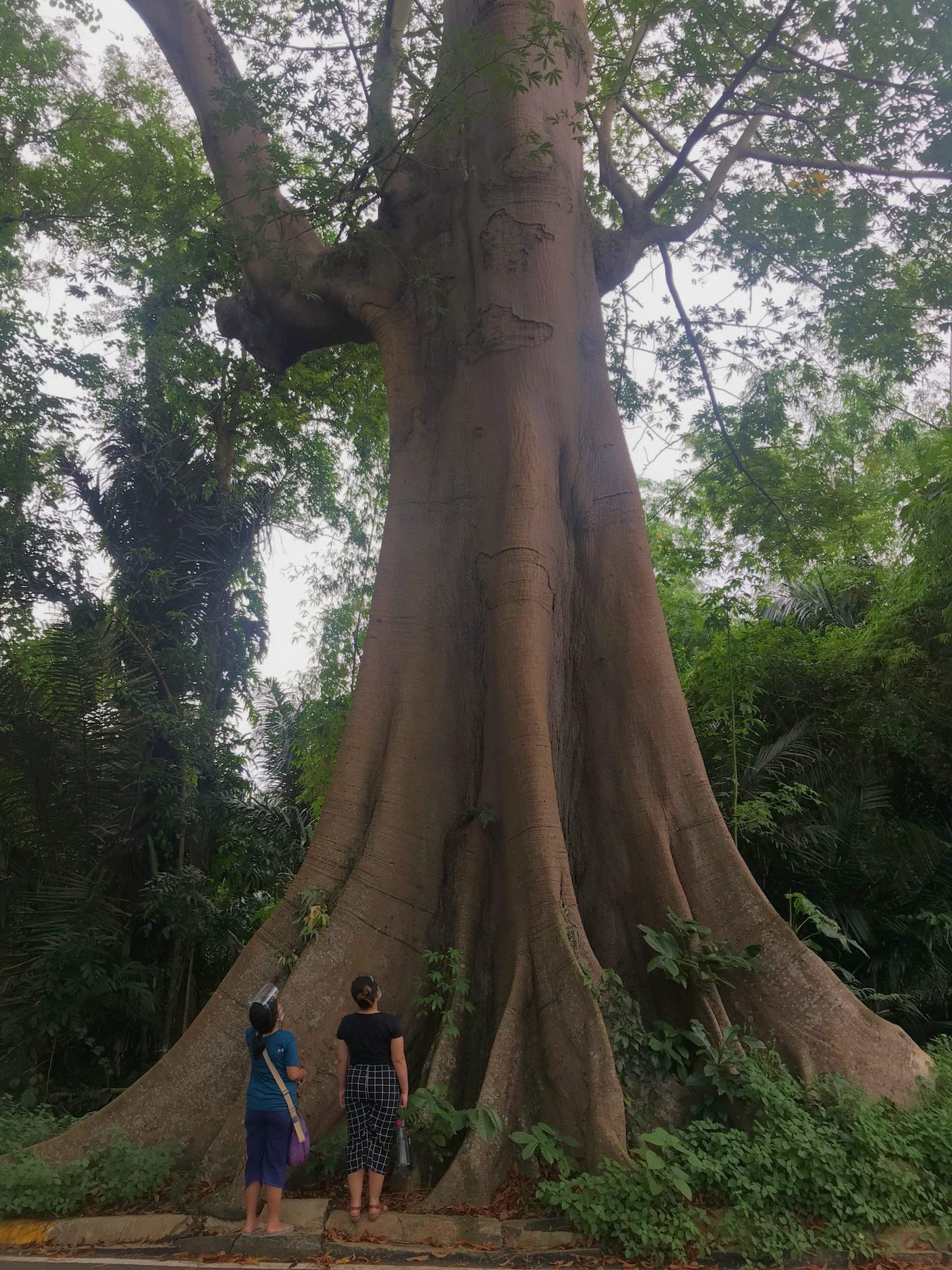
Receive a weekly essay readable in three to six minutes, which weaves a philosophical insight with reflections on the outdoors and everyday life.
The Story Behind Lilim
Over the extent of my entire young life, and especially during my lowest moments, I have tried and retried to answer a single question that has always baffled me—How should I live?
I see this question wherever I look and go. I see it in every book I pick up to read, every movie I watch, every artwork I stare at. It has even followed me to places I never imagined it will go—rice fields, lakes, mountains, the voluminous sky, bird songs, the warmth of dog and cat fur.
And as I get older, I’m starting to realize that the question eludes an answer. I’m starting to see that its very nature is that of a guide that tells you how to walk but never when to arrive.
Pursuing this question has inspired me to write hundreds of essays and journal entries and to draw landscapes and take photographs to document and remember what I have seen.
The question has taught me that to try to discern what it means to live as a human being involves not only thinking about life but, perhaps more importantly, experiencing it and finding answers in the real world—outdoors.
This newsletter is my last attempt to bring to you the insights, observations, and stories, paired with photographs, that I have gathered and continue to gather throughout the years.
It will try to weave a tapestry that blends ancient and modern philosophical wisdom with humble but awe-inspiring experiences from communing with nature and everyday life.
Why Lilim?
Lilim is a Tagalog word that, with weird serendipity, captures everything I look forward to in a walk or a bicycle ride outdoors.
Lilim means shade made by any structure that blocks light from above. Usually, it refers to a shade that a tree makes, blocking sunlight, particularly on a very hot summer day.
In a country like the Philippines, a lilim is a friend of nature lovers. For some, it is the only reason why a walk outdoors is even attractive. Aside from the infrequent dry and cold weather days in the Philippines, which makes a shade-less walk possible, most communion with nature would be done under extreme heat from the sun from as early as nine in the morning to as late as five in the afternoon. To go out and walk in nature with a portable lilim, an umbrella, is acceptable but weird. People who walk here are able to do it because of a lilim, which is sometimes the canopy of tall trees that cover a forested path. In less forested paths, such as those in the middle of fields I used to walk on in Pangasinan, a lilim is less available, but its sight is welcomed and anticipated.
I envy Thoreau for going out as early as after lunch to go for a walk that would end sometimes until eight in the evening. I am less dedicated to walking I guess—partly because I need to contend with digital distractions that Thoreau didn’t and partly because I need to wait for more shade, for more lilim. Thoreau was simply living in a colder place in the world, where the heat from the sun is more tolerable for long, reflective walks.
Here in the Philippines, by four or five in the afternoon, the sun is less hot as it has begun its descent. This is often the time I go out to walk or ride my bike to discover a new path, visit an old one, and just find something new to see. Interestingly, while researching more about the word lilim, I discovered that its Pangasinan equivalent, sirom, is a synonym of the Tagalog word dapithapon or sunset. Sirom is also a Hiligaynon and Waray word, which means the same thing. Therefore, lilim is not just the shade of trees that I have taken refuge on during many of my walks and bike rides. Lilim is also the time when I took those walks—a time when I would often be alone in the middle of fields as farmers go home after a long day of work.
At that time, clouds are also more mature, much bigger, creating welcomed shades that block the sun—a phenomenon called by the similarly sounding Tagalog word lilom. The best lilom would create beautiful sceneries in the sky: celestial halos, long sun rays, and the much-awaited mackerel sky.
Thoreau once observed how shades made by clouds interacted with his emotional state during a walk:
By the mood of my mind, I suddenly felt dissuaded from continuing my walk, but I observed at the same instant that the shadow of a cloud was passing over the spot on which I stood, though it was of small extent, which if it had no connection with my mood, at any rate suggested how transient and little to be regarded that mood was. I kept on, and in a moment the sun shone on my walk within and without.
Journal, July 23, 1851
However, even the best lilom will not replace a good shade from an old tree—the perfect lilim.
A lilim is where I am allowed to slow down, shift my walk from the dirt road towards the inner paths of my soul. It is where rest is possible, where stillness happens. It is where one’s immediate natural surroundings and one’s intimate thoughts, feelings, and insights begin to converge into a single state of being. It is where one can start to answer life’s deepest questions—Why are we here? Where are we going? What does this all mean?—all within the comfortable, existential caress that nature provides.
So, shall you sit down under this shade, this lilim, with me?